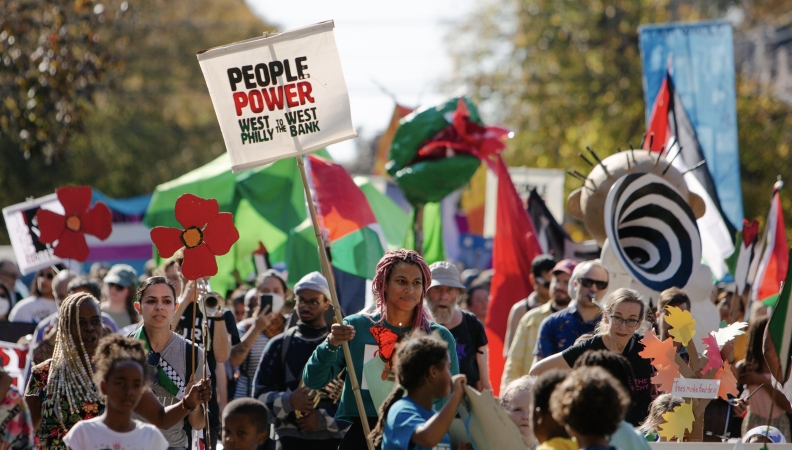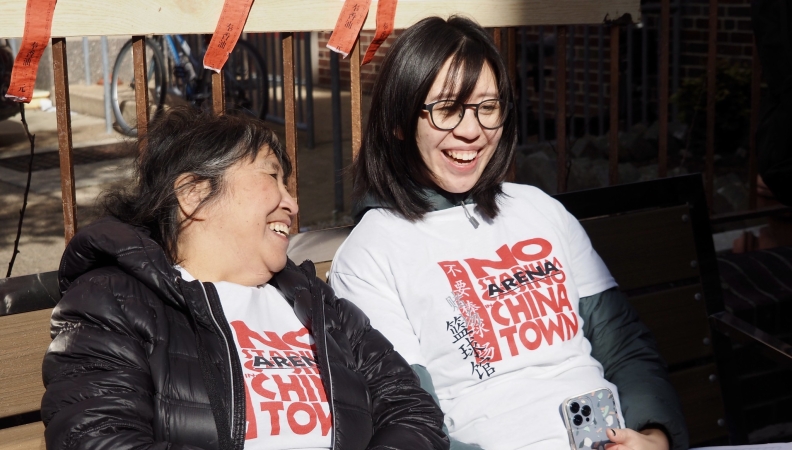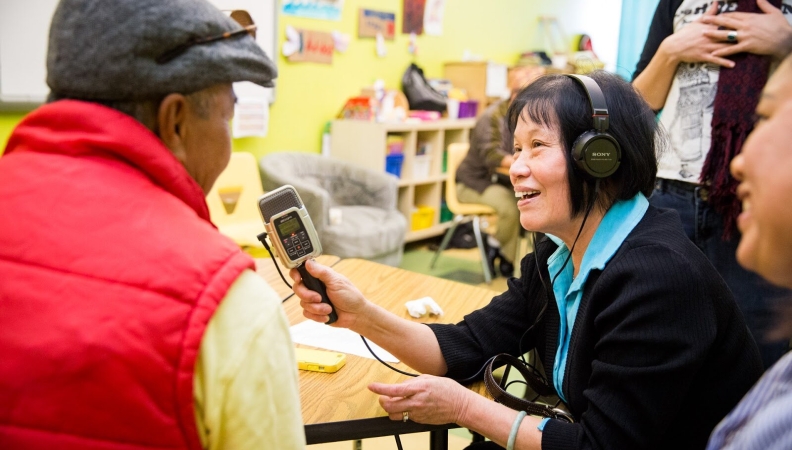A Whole (sort of) New World: Exploring Communications for Philanthropy

“Can you make this look pretty?”
A question I’m sure many communication staff have been asked. The question is not meant to minimize our role but to acknowledge and celebrate our keen eye for color, content curation, and wordsmithing. We’re the people that make announcements and other relevant organization information visually appealing before its public debut. However, if that’s all communications staff are appreciated for organizations are missing the forest for the trees.
Communications staff are sometimes pigeonholed into making jargon-filled information look pretty because that jargon is deeply embedded into how foundation staff and board communicate about the work, making it very challenging to shift mindsets. Plus, the role is underappreciated for the strategic thinking and insight a good communicator can bring to a foundation and how it conveys its grantmaking.
A good communicator is a thoughtful and strategic information gatherer and distributor. We constantly think about the various actors—primary, secondary, internal, and external—and what matters to them as we shape and present our organization’s information and initiatives. Good communicators are also observant. We know communication is embodied and multilayered, words are just the beginning. We notice details like when someone is nodding their head left to right while they say “yes” and wonder if that person truly agrees if their body language and words seem to be at odds.
A Foundation is Born
My background is in nonprofit communications and I got my master’s degree in communications for social change. I worked with traditional nonprofits (501(c)(3)) for six years until I interviewed for the Communications and Events Manager position at Independence Public Media Foundation (IPMF) in December 2019. IPMF appealed to me because it worked with a handful of the local community-led media-making organizations I learned about and built relationships with through my masters program.
These organizations, which are often underfunded, contribute to a healthy and diverse local news and information ecosystem. I was elated that there finally existed a foundation that aimed to support such vital work. I was also impressed that the private foundation, which started grant making earlier in 2019, was hiring a communications role among the first group of staff tasked with building the organization’s operations.
After four years of working in the philanthropic sector, I’ve noticed that communications roles are either nonexistent or hired as a second thought to do the external communications work program staff no longer have capacity for. In a future essay I’ll share my thoughts about how foundations often underutilize the breadth of knowledge and skill the communications role contributes to an organization.

Learning Communications for Philanthropy
I started working at IPMF in February 2020 and my first question when I transitioned from nonprofits to philanthropy was: “what is communications for philanthropy and how does it differ from communications for nonprofits?” I realized that I would no longer be working directly in service to the community, rather, I would be working for a foundation that supports direct service organizations. I wondered what role communications could play if not raising awareness for the purpose of fundraising and recruiting more volunteers.
I leaned into curiosity to answer this question and interviewed communications professionals throughout the country who worked in the philanthropic sector. I asked about philanthropy and communications’ role in relationship to the program staff, board, and grantees. These conversations served as great primers on philanthropic communications and informed how I created IPMF’s communications strategy. I learned that while IPMF had an endowment and didn’t need to fundraise, my work’s focus would be amplifying grantees’ work in an effort to increase their access to more funding opportunities.
The conversations also prompted me to think about my positionality as communications staff at a foundation. A lot of foundations focus their communications on highlighting their own achievements but their primary role is to use their power and position to help grantees excel beyond the grant. I decided to be intentional about centering our grantees’ stories and needs through our external communications. I was also mindful about incorporating the principles that guide our work, such as trust-based philanthropy and racial equity, into the creation of our communications strategy (which also included making things look pretty).
I learned, and continue to learn, so much. This essay is an overview of my initial reaction to philanthropic communications. In my next essay I will share more how conversations with my colleagues and four years working at a trust-based foundation have shaped my definition of communications for philanthropy.
Image Credits: Enni Aigbomian




